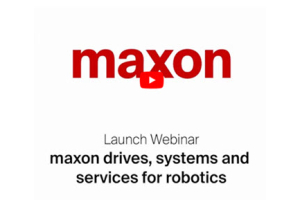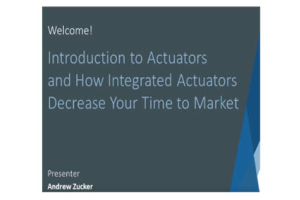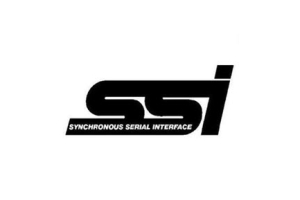 A clutch is a mechanical device that engages and disengages a power transmission, especially from a driving shaft to a driven shaft. Clutches are used whenever the transmission of power or motion must be controlled over a time element (ie. electric screwdrivers limit how much torque is transmitted through use of a clutch).
A clutch is a mechanical device that engages and disengages a power transmission, especially from a driving shaft to a driven shaft. Clutches are used whenever the transmission of power or motion must be controlled over a time element (ie. electric screwdrivers limit how much torque is transmitted through use of a clutch).
In the simplest application, Power-on Clutches connect and disconnect two rotating shafts (drive shafts or line shafts). In these applications, one shaft is typically attached to an engine or other power unit (the driving member) while the other shaft (the driven member) provides output power for work. Although the typical motions involved are rotary, linear clutches are also possible.
Generating the Clutch Torque
Power-on Clutches and Brakes are designed to start and stop inertial loads when the voltage is turned on. When DC voltage is applied to the coil, the magnetic force caused by the magnetic flux pulls the armature across the air gap against the force of the zero-backlash spring attached to the armature. The mating of the armature and rotor face produce torque.
When DC voltage is interrupted, the magnetic field collapses, and the zero-backlash spring retracts the armature from the rotor face. Thus, there is no residual torque produced.
Common Types of Clutches
Electromagnetic clutches are typically engaged by an electromagnet that is an integral part of the clutch assembly.
Magnetic particle clutches contain magnetically influenced particles in a chamber between the driving and driven members, and application of direct current makes the particles clump together and adhere to the operating surfaces. Engagement and slippage are notably smooth.
Wrap-spring clutches have a helical spring typically wound with square-cross-section wire. The spring is fastened at one end to the driven member; its other end is unattached. The spring fits closely around a cylindrical driving member. If the driving member rotates in the direction that would unwind the spring, the spring expands minutely and slips, although with some drag. Because of this, spring clutches must typically be lubricated with light oil. Rotating the driving member the opposite way makes the spring wrap itself tightly around the driving surface and the clutch locks up very quickly.
Clutches/Power-On Brake packages are used to couple two parallel or in-line shafts. The clutch armature hub can accommodate a pulley, gear, sprocket, etc., to transmit torque to the second shaft. The brake is used to stop or hold the load.
How to Size & Select Electromagnetic Clutches
CLICK HERE to download a White Paper on Selecting a Power-On Clutch.
Typical Applications of Clutches
- Copiers/Printers
- Packaging Machinery
- Microfilm Readers
- Medical Equipment
- Conveyors
- Postal Sorters/Readers
- Document Feeders
- Textile Equipment
- Mobile Power Equipment
CLICK HERE to view Electromate’s Clutch product family.





